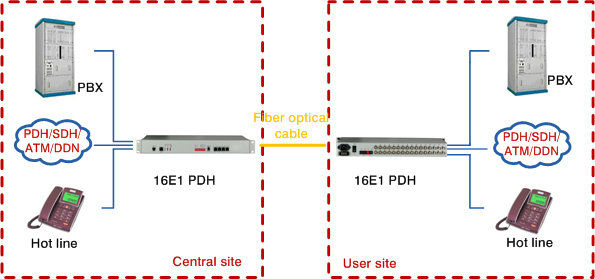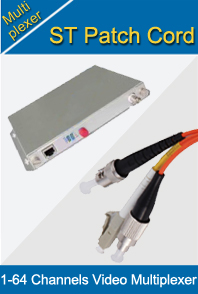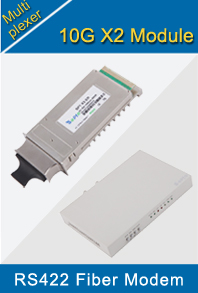-

- Sopto Home
-

- Special Topic
-

- Multiplexer Knowledge
-

- WDM Series of CWDM and DWDM Devices
Multiplexer Knowledge
- Why is Multiplexing Needed in Data Communication Systems?
- What is Concept of Multiplexing in Telephone System?
- What is Digital TV Frequency?
- Outlook of the WDM Networks
- DWDM Technical Overview
- CWDM Technical Overview
- How to Activate Cable Modems?
- How to Install a Fiber Optic Modem?
- How do I Choose a Best Fiber Modem?
SOPTO Special Topic
Certificate



Guarantee
Except products belongs to Bargain Shop section, all products are warranted by SOPTO only to purchasers for resale or for use in business or original equipment manufacturer, against defects in workmanship or materials under normal use (consumables, normal tear and wear excluded) for one year after date of purchase from SOPTO, unless otherwise stated...
Return Policies
Defective products will be accepted for exchange, at our discretion, within 14 days from receipt. Buyer might be requested to return the defective products to SOPTO for verification or authorized service location, as SOPTO designated, shipping costs prepaid. .....
Applications
Multiplexers can be used to connect PBX, Hot line and other devices of network from central site to user site through fiber optical cable.
SOPTO Products
- Fiber Optic Transceiver Module
- High Speed Cable
- Fiber Optical Cable
- Fiber Optical Patch Cords
- Splitter CWDM DWDM
- PON Solution
- FTTH Box ODF Closure
- PCI-E Network Card
- Network Cables
- Fiber Optical Adapter
- Fiber Optical Attenuator
- Fiber Media Converter
- PDH Multiplexers
- Protocol Converter
- Digital Video Multiplexer
- Fiber Optical Tools
- Compatible
Related Products
Performance Feature
High integration desig
Low power consumption
Good EMC, EMI
Stable and Reliable
Multiplexer Knowledge
Recommended


WDM Series of CWDM and DWDM Devices
Wavelength division multiplexing(WDM) is a concept that describes combination of several streams of optical carrier signals (like data/storage/video or voice) on a single physical fiber optic cable by using several different wavelengths (frequencies) of laser light with each frequency carrying a different type of data. This technique enables bidirectional communications over one strand of fiber, as well as multiplication of capacity.
There are two types of WDM architecture: Coarse Wavelength Division Multiplexing (CWDM) and Dense Wavelength Division Multiplexing (DWDM). CWDM systems typically provide 8 wavelengths, separated by 20nm, from 1470nm to 1610nm. In order to increase the number of wavelength, one can also use the 1310 nm window so the CWDM channels can be increased to 16. Thereby up to 16 DWDM channels are transmitted simultaneously in only one CWDM channel (1530 nm and 1550 nm). Some DWDM network systems provide up to 96 wavelengths, typically with no more than 0.4nm spacing, roughly over the C-band range of wavelengths.

The difference between CWDM and DWDM mainly has two points. First is the channel spacing between neighbored wavelengths, for CWDM 20 nm and for DWDM 0.8/0.4 nm (using 100 GHz/50 GHz grid). Therefore, light in a single fiber can reuse about 5 to 6 wavelengths, that is where the “dense” and “coarse” appellation come from. Second, CWDM modulation laser using uncooled laser, but DWDM is used in cooling laser.
Cooling laser using temperature tuning, uncooled laser adopts electronic tuning. Because the range of temperature distribution is non-uniform in a very wide wavelength, so the temperature tuning is very difficult to realize, the cost is very high. CWDM avoids this problem, so it greatly reduces the cost; the whole CWDM system cost only 30% of DWDM.
For more information, please contact a Sopto representative by calling 86-755-36946668, or by sending an email to info@sopto.com.



